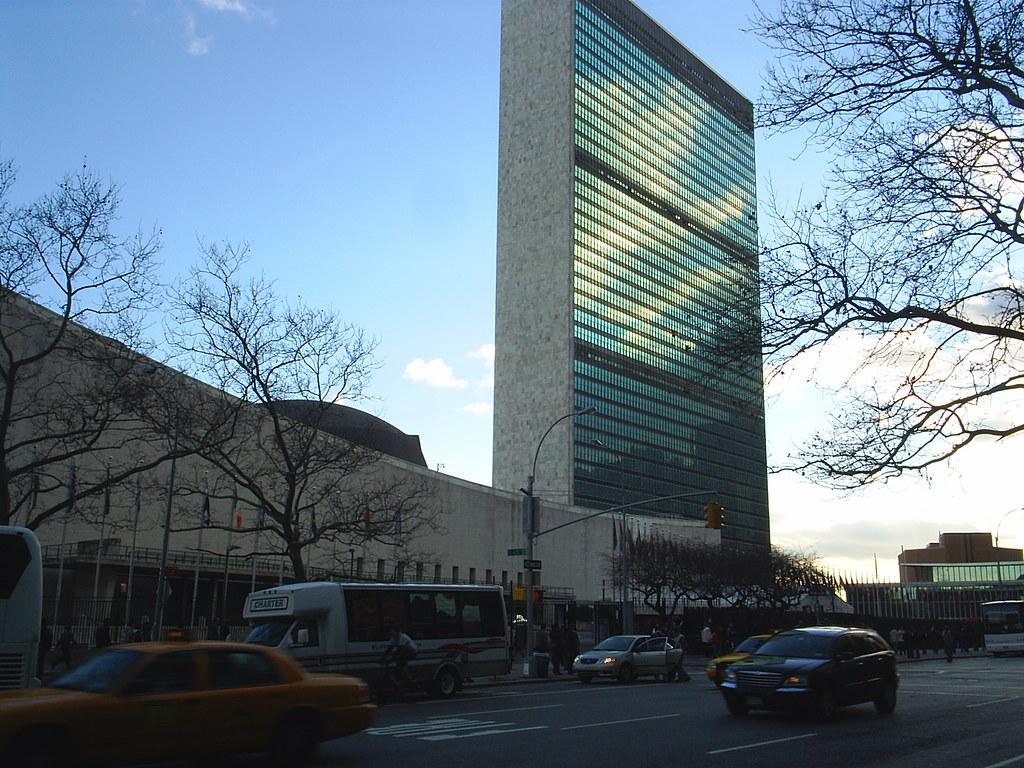
A lot is being made of obesity, especially in the most obese country in the world: the United States. Obesity has been dubbed a ‘social problem’. Factors leading to obesity have been called harmful to the environment. It is said to impose a large cost on the taxpayer and people have said that obesity causes so many medical complications that it is diverting a massive amounts of funds away from other areas of medicine. All those claims have different levels of legitimacy, but it would be interesting to view obesity from an atypical perspective- in connection to inequality.
I examined the relationship between obesity rates in various countries and the Gini coefficient, a measure of inequality. Without delving into the mathematical nitty gritty, the Gini coefficient is a ratio of sorts where a measurement of zero denotes perfect equality and a measurement of 1 denotes perfect inequality. It turns out that there is a relation. It is a course of relationship as it is somewhat fluctuating and non-linear, but there is a definite relation. Of the countries with relatively high obesity rates like the United States, Mexico, New Zealand, Australia and South Africa, no country has a Gini coefficient of less than 0.35. This is considerable given that the developing countries with the highest inequality rates wallow around the 0.70 region. The countries that demonstrate the highest rates of obesity have Gini coefficients ranging from 0.35 to 0.67. This does not mean that countries with higher Gini coefficients necessarily have higher rates of obesity and therein lies the rub. My observations are not correlational enough for any blanket theory to be derived and correlation does not always prove causation anyway, but I think it is a good example to put obesity in a different perspective.
Many people claim that it is overtly difficult and expensive to eat healthily, especially for the lower socioeconomic strata. Costs of fast food are lower than those of organic or otherwise healthy foods and people on a tight budget make the obvious choice. The documentary “Food, Inc.,” directed by Robert Kenner, makes a similar point and observes that many low income families suffer from obesity, diabetes and the like. Crops like corn and soy are heavily subsidized and as a result, their unhealthy derivatives are used in countless cheap food products. The popularity of fast foods containing meat shows no signs of diminishing while the costs of fruits and vegetables remain on the expensive side. Aside from all these, there seems to be a lack of education about healthy eating. A lack of education coupled with an inadvertent proclivity for unhealthy food is a dangerous combination.
Everyone is aware of obesity and the problems that it causes, but I thought it interesting to see that there is in fact a correlation between the amount of inequality in a country and the amount of people who qualify as obese.
Nikhil Rao is a Collegian columnist. He can be reached at [email protected]

















